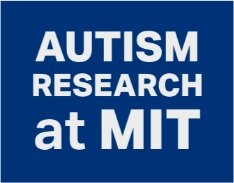Our Research Studies
There are typically several active studies happening in our building. Some studies might be for adults and others for children. Below are some examples of some of our current and past studies. When you complete the sign up form, our coordinator will contact you to discuss the research process and schedule a first visit. Current studies might be active but may not be seeking someone of your exact profile (age, handedness, etc.) so you may not be immediately enrolled in a study.
Ball Catching Study
This study examined how children interact with moving objects. During the visit, each child played screen-based games that involved catching and interacting with a ball as well as real catching games. Children wore sensors on their arm, leg, torso, and back that measured their muscle activity while they moved. They also wore some markers that allowed us to measure the position of their body while they engaged in the activities.
Project on Affinities and Language (PAL) Study
The Project on Affinities and Language (PAL) is an fMRI study designed to help us understand what happens in a child’s brain when they engage with their interests, passions, or hobbies – also known as “affinities.” Children get to watch clips of their favorite videos related to their particular affinity. We are especially interested in seeing whether affinities can activate language regions in the brain.
Virtual Reality (EMAX) Study
In this virtual reality study we examined how teens and adults explored new and different “virtual” environments. Participants wore a virtual reality headset where they investigated various indoor and outdoor scenes. We were particularly interested in studying how different kinds of information in the environment affect how people pay attention.
TAP
The Timing and Auditory Prediction (TAP) study seeks to better understand prediction abilities in autism. The researchers will explore tasks that involve timing, language, and sequence learning. Adult participants will be involved in an EEG session as well as computer-based activities, and tasks of language, memory, and cognition.




